St. Joseph's Church
The first Catholic church in Singapore is a Neo-Gothic colossus with a rich architectural history.
Surrounded by crowded shopping centers and glassy corporate buildings is a small sanctuary of calm in the busy Central Business District of Singapore called St Joseph’s Church. Declared a national monument in 2005, this little white church accented with sky blue was the first Catholic Church in Singapore.
Like many old churches, St Joseph’s is built in the shape of the Latin cross. Built to accommodate 1,500 worshippers, the architect of the church was D. McLeod Craik. The Neo-Gothic architectural style is evident in decorative architectural elements of the windows and roof.
All over the church are marble statues and altars. There are also Portuguese azulejos (decorative tiles) on the walls of the church portraying the apparitions of Our Lady of Fatima. The main altar for St Joseph and another dedicated to Our Lady of Lourdes were crafted by the Milanese firm Fratelli Barttarelli. The altars of Our Lady of Fatima and St Anthony were crafted by the Italian firm Bertelli. The original statue of Fatima was donated by prominent Portuguese parishioner Dr Caetano Xavier Furtado whose descendants still attend the church. It was an exact replica of the pilgrim statue from Rome that visited Singapore in 1950 and made by Portuguese sculptor Avelino Moreira Vinhas. This statue was eventually replaced.
Splashes of colour in the church come in the form of the handmade Italian stained glass windows depicting various saints, each costing $1200 and coming from the donations of various families and communities such as the community of Goa or the Shepherdson family. One particular window of Saint Catherine was donated by the architect of the building D. M. Craik in memory of his daughter Katherine who died at sea.
Outside the church is the grotto dedicated to Our Lady of Fatima.
Established in 1853, the church was named after St Joseph by its first priest Francisco da Silva Pinto e Maia who arrived 30 June 1825. The priest had previously been conducting mass at the Beach Road residence of his friend, Dr Jose d’Almeida from 1825 to1833 and a small chapel from 1833 to 1853. Using the land acquired from Samuel George Bonham, Assistant to the Resident of Singapore, Fr Maia had the church built. He named it after St Joseph because prior to his arrival in Singapore, he had been a professor at St Joseph’s Seminary in Macao prior to coming to Singapore and the land and houses bought in Singapore had been paid for with funds from China’s Portuguese Mission in China, whose procuration house was St Joseph’s College in Macau.
However, Fr Maia fell ill and passed away in 1850, before the project was completed. His remains are placed beneath the main altar. His successor, Vincente de Santa Catarina took over and the church was blessed and opened in 1853. In 1906, the church was demolished and rebuilt. The current building was completed in 1912 by Swan & MacLaren with D. M. Craik.
In 1981, the control of the church was passed from the Portuguese Mission to the ordinary jurisdiction of the Archbishop of Singapore, ceasing to be a parish church and becoming a church of devotion.
Today, while the last Portuguese priest ended his term in 1999, the church still observes a number of Portuguese traditions. It still attracts Catholics from all around the island for its famed annual Good Friday procession. Yet the numbers of regular parishioners are dwindling as the old Catholic families move farther and farther away from the church which is situated in the Central Business District, leaving the church quieter and quieter as the years go by.
Community Contributors
Added by
Edited by
The Atlas Obscura Podcast is Back!


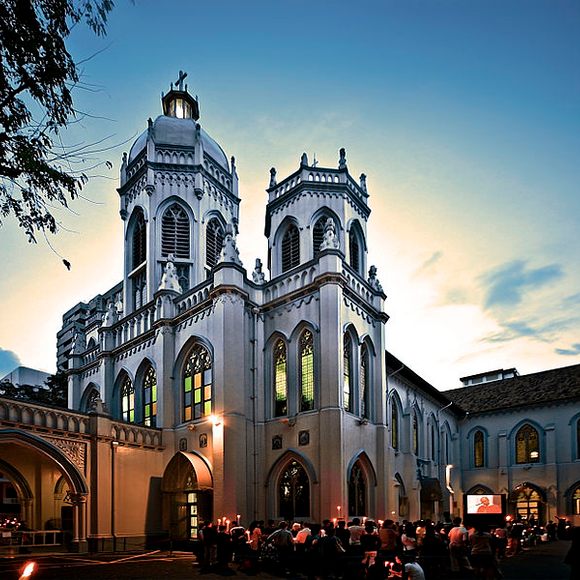

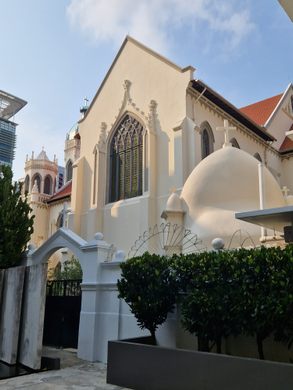
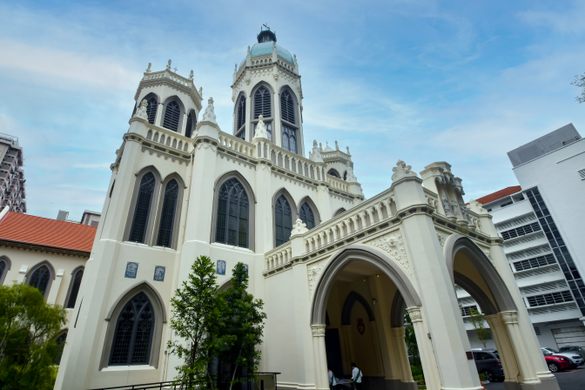










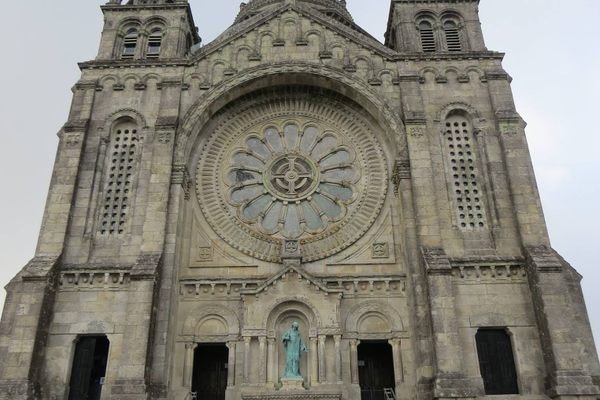

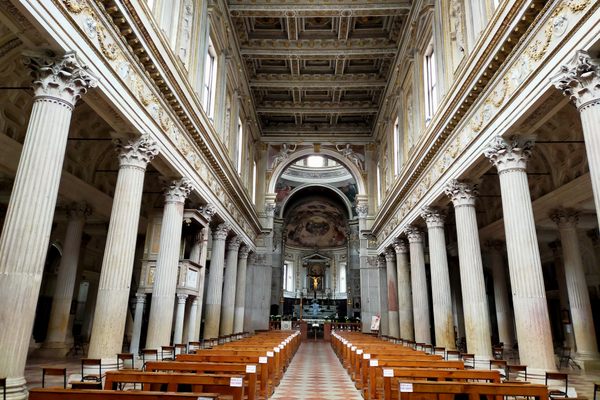


Follow us on Twitter to get the latest on the world's hidden wonders.
Like us on Facebook to get the latest on the world's hidden wonders.
Follow us on Twitter Like us on Facebook